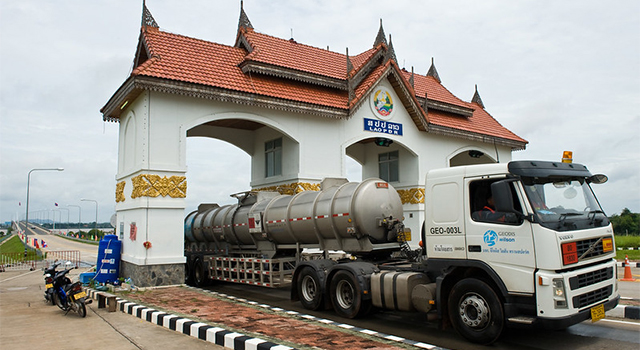
Border check point on the Lao PDR side of the Mekong River. Laos and Thailand are now linked by “Friendship Bridge II” completed in 2007. Photo by ADB.
Sixth Thai-Lao PDR Friendship Bridge to Open in 2025
Thailand’s Ministry of Transport is scheduled to complete the 6th Thai-Lao friendship bridge by 2025, according to Mr. Saksayam Chidchob, Thailand Minister of Transport. This new bridge promises to further enhance border trade and promote tourism between Thailand and the Lao People’s Democratic Republic (PDR).

